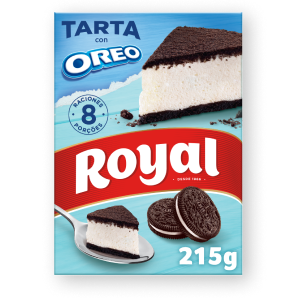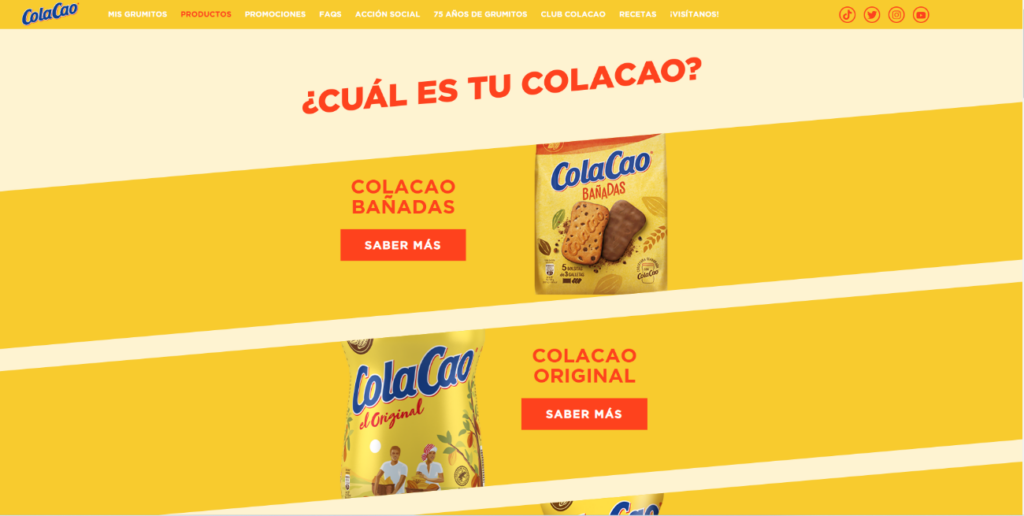The current times and the digital era have made the concept of branding more important than it already was in the field of marketing, communication and design.
This term covers more intangible aspects, as opposed to the concept of brand and brand image. How we have defined in the post: Differences between brand, branding and visual identity, branding is the set of actions that a brand takes in order to communicate andtransmitting the company’s values, philosophy and personalityin order to develop a long-term relationship with consumers and create a differentiating experience with the public.
The relevance of branding lies in its ability to transform a product or service into a memorable experience through an emotional connection with the consumer. Well-designed and properly used branding can influence perception and foster consumer loyalty towards the brand, thus generating a coherent and attractive image, which translates into a sustainable competitive advantage.
What are the different types of branding?
” To each his own”. Have you heard that phrase? I’m sure you do, but I’m sorry to tell you that this is not a matter of taste, although it does have a little to do with colour, but the reality is that the different types of branding respond to specific objectives and contexts that you can use on different occasions:
1. Product branding
This approach focuses on creating a unique identity for an individual product, highlighting its specific features and benefits to differentiate it from competitors or other products of the same brand and connect directly with the consumer.
The Coca Cola brand created a branding for each flavor of its main beverage (Zero, Light, Caffeine Free…) and, although the design changes over the years, the branding of each format and flavor remains the same.

Sorce: Freepik
2. Personal branding
Personal branding is aimed at those who seek to establish themselves as brands in their own right. It is essential for professionals in any field looking to stand out as influencers or disseminators and anyone interested in building a solid reputation, both digitally and physically.
Ellen DeGeneres is one of TV’s best-known personalities. Since her beginnings in the world of entertainment and after hosting several programs in the United States, she has managed to expand her personal brand beyond the small screen using her name as part of her seal and her own branding.

Source: www.instagram.com/ellendegeneres/
3. Co-branding
Refers to the strategy of collaboration between two or more brands to develop a joint product or service, combining the strengths of each brand to extend their reach and relevance in the market.
In this case, co-branding gains strength when a dessert brand like Royal seeks to expand its reach and relevance by using the branding of the brands of its dessert flavors.

Source: Royalcontigo.com
4. Corporate Branding
Corporate branding. It focuses on promoting the image of the company as a whole, beyond its individual products or services. This type of branding is crucial to build a positive corporate reputation, attract talent and generate trust among stakeholders.
Do you recognize this brand without me saying the name? If the answer is yes, I think the example is more than clear. If the answer is no, I’ll give you another hint: if we’re talking about technology and innovative design, this brand is synonymous with excellence, and almost all its devices start with the letter “i.”

Source: https://www.apple.com/es/
5. Digital Branding
Given the predominance of digital platforms, digital branding is an imperative need. It encompasses all branding activities in digital media, including social networks, websites and apps, with the aim of maximizing a brand’s online visibility.
Most brands have transformed their identity manuals into a display of backgrounds, creatives, videos, content, etc., to convey their personality, their philosophy and provide a unique experience to those who visit the website or any other brand channel.

Source: colacao.es
6. Experience branding
This category focuses on creating memorable experiences for the consumer at all points of contact with the brand, seeking to leave a lasting impression that fosters loyalty and positive word-of-mouth.
There can be different aspects that are part of the branding of a brand at an experiential level: the events, the smells of a store, the uniforms of the employees, the background music or the lighting.
The diversity among branding types is evidence of the complexity of the brand building process today. Undoubtedly, branding transcends the mere creation of a logo or a slogan; it represents the spirit of the brand in its different representations, and stands for as a strategic imperative for any company seeking to establish lasting and meaningful relationships with its customers.










